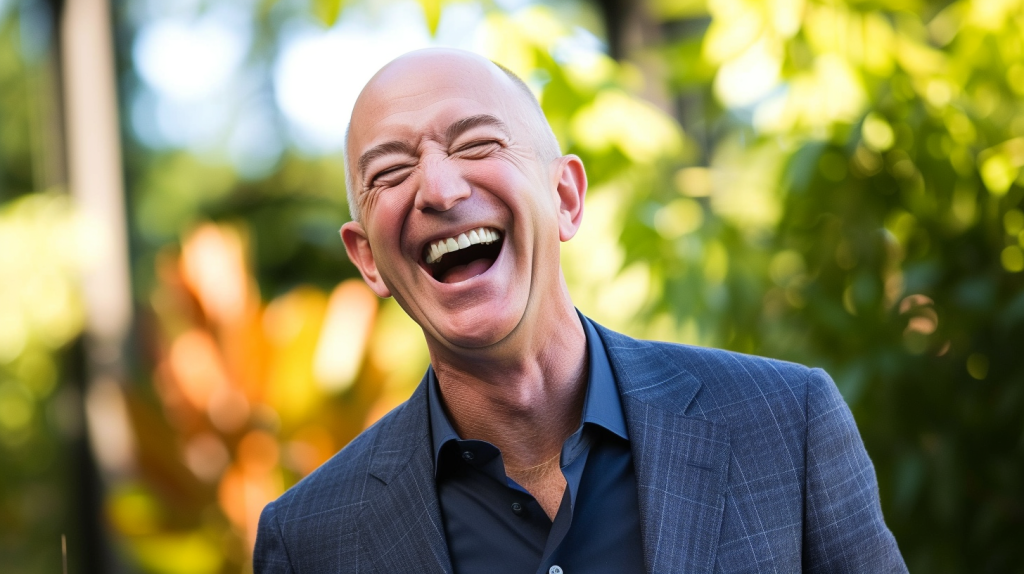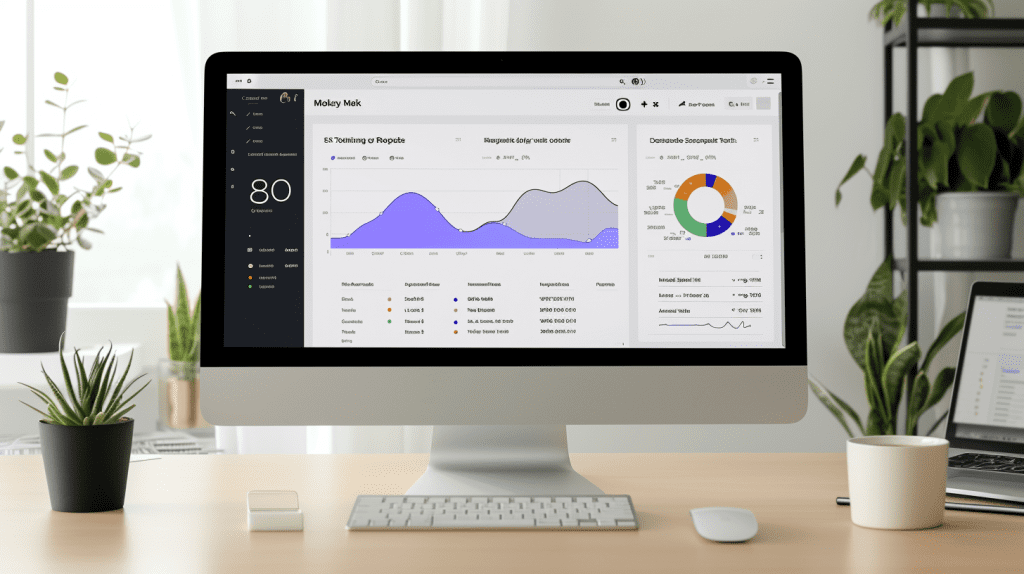
Table of Contents
- TL;DR: Quick Start Guide to Amazon Price Matching
- What Is Amazon Price Matching?
- Does Amazon Offer a Price Match Policy?
- How to Price Match on Amazon: A Step-by-Step Guide
- Price Match Best Practices
- Myth-Busting: Common Misconceptions about Amazon Price Matching
- A Day in the Life: How Price Matching Impacts an E-Commerce Business
- Pro Hacks: Quick Tips for Mastering Amazon Price Matching
- Common Pitfalls to Avoid in Price Matching
- Future Trends in Amazon Price Matching
- FAQs: Your Burning Questions Answered
- Further Reading: Expand Your Knowledge
- Summary: Mastering the Art of Price Matching
TL;DR: Quick Start Guide to Amazon Price Matching
For those in a hurry, here’s the quick lowdown: Amazon does not have a standard price matching policy. However, you can still request price adjustments on specific items within a limited time frame if you find a lower price after purchase. Keep a keen eye on competitors like Walmart and Best Buy, who often offer price matching policies for items sold on Amazon. Mastering price matching can give your business a competitive edge, so it’s worth diving into the details below.
What Is Amazon Price Matching?
Amazon price matching refers to the process of requesting Amazon to lower the price of an item if you find a cheaper alternative elsewhere. But here’s the catch: Amazon does not typically offer a straightforward price match policy. Instead, they adjust prices based on their internal algorithms and competitive analysis, making it crucial for e-commerce businesses to stay on their toes.
Amazon does not have a price match policy, but savvy e-commerce entrepreneurs can still leverage price adjustments by understanding the nuances of Amazon’s pricing strategies. This understanding is vital for any small to medium-sized e-commerce business looking to compete effectively.
Does Amazon Offer a Price Match Policy?

In short, no—Amazon does not have a formal price match policy. Unlike retailers like Walmart or Target, Amazon does not guarantee a price match with competitors. However, they do offer price adjustments on certain items within a short period after purchase, but this is not widely advertised.
If you’re running an e-commerce business, knowing the rules Amazon plays by can help you stay ahead. You might not be able to demand a price match, but understanding how to monitor and react to Amazon’s pricing can help you maintain a competitive edge.
How to Price Match on Amazon: A Step-by-Step Guide

While Amazon doesn’t have a formal price matching process, there are steps you can take to ensure you’re not overpaying:
- Monitor Prices Religiously: Use tools like CamelCamelCamel or Keepa to track Amazon prices over time.
- Leverage the Price Adjustment Window: If you notice a price drop soon after purchase, contact Amazon’s customer service to request an adjustment.
- Compare with Competitors: Regularly check competitors like Walmart, Best Buy, and Target to see if they offer price matching against Amazon.
- Stay Updated on Promotions: Amazon often adjusts prices during sales events. Be quick to compare and request adjustments.
- Use Dynamic Pricing Tools: If you’re an e-commerce seller, tools like Pricefy can help you automatically adjust your prices in response to Amazon’s changes.
By keeping a close watch on prices and being proactive, you can make the most out of Amazon’s flexible but unofficial price adjustment opportunities.
Price Match Best Practices
Price matching isn’t just about asking for lower prices—it’s about strategy. Here are some best practices:
- Know the Competitors: Stay informed about which retailers offer price matching with Amazon.
- Communicate Clearly: When requesting a price adjustment, be concise and provide all necessary details.
- Use Data to Your Advantage: Track price changes over time and use this data to predict and respond to Amazon’s pricing strategies.
- Diversify Your Product Offerings: If Amazon dominates a certain product category, consider expanding into niches where you can better control pricing.
These practices not only help you save money but also position your business as a savvy player in the competitive e-commerce landscape.
Myth-Busting: Common Misconceptions about Amazon Price Matching
Let’s tackle some common myths head-on:
Myth 1: Amazon will always match a lower price.
Reality: Amazon does not have a standard price match policy, so don’t count on them to match prices from competitors like Walmart or Best Buy.
Myth 2: You can get a price adjustment on any item at any time.
Reality: Price adjustments are only available for certain items and within a limited time frame after purchase.
Myth 3: Price matching is too complicated for small businesses to benefit from.
Reality: With the right tools and strategies, even small e-commerce businesses can successfully navigate Amazon’s pricing landscape.
A Day in the Life: How Price Matching Impacts an E-Commerce Business

Imagine you’re running a small e-commerce store, selling gadgets and electronics. One morning, you notice that Amazon has dropped the price of a popular item you also carry. If you ignore this, customers might flock to Amazon, leaving you with unsold stock. But if you adjust your prices swiftly, you maintain competitiveness and keep your customers loyal.
Later that day, you check a competitor’s site—let’s say Best Buy—and see they’re offering a price match against Amazon. Knowing this, you quickly adjust your prices across your platforms, ensuring you don’t lose out on sales. This agility is what keeps your business thriving in the competitive e-commerce market.
Pro Hacks: Quick Tips for Mastering Amazon Price Matching

- Automate Price Monitoring: Use tools to track prices and receive alerts on price drops.
- Act Fast: Price adjustment windows are short, so request adjustments immediately after noticing a drop.
- Leverage Competitors’ Policies: Retailers like Best Buy and Walmart often match Amazon’s prices—use this to your advantage.
- Stay Informed: Keep up with Amazon’s pricing patterns, especially during major sales events.
Common Pitfalls to Avoid in Price Matching
- Ignoring Small Price Drops: Even small savings can add up, so don’t overlook minor price adjustments.
- Relying Solely on Amazon: Diversify your price matching strategy by considering other competitors.
- Delaying Price Adjustments: Time is of the essence—request adjustments promptly to avoid missing out.
Future Trends in Amazon Price Matching

As e-commerce continues to evolve, so too will price matching strategies.
We can expect more sophisticated dynamic pricing tools, increased use of AI to predict price changes, and tighter competition among major retailers.
Keeping up with these trends will be crucial for small businesses looking to remain competitive.
FAQs: Your Burning Questions Answered
Navigating the world of price matching can be tricky, especially when dealing with e-commerce giants like Amazon and big-box retailers like Walmart.
Here’s a comprehensive FAQ to help you understand the price matching policies of major retailers:
Walmart Price Matching
Q: Can you price match at Walmart with Amazon?
A: As of 2020, Walmart no longer offers price matching with online retailers, including Amazon, in their stores.
Q: When did Walmart stop price matching?
A: Walmart gradually phased out its price matching policy. They stopped matching online prices in 2019 and completely ended their price matching program for in-store purchases in 2020.
Q: Does Walmart still price match Amazon?
A: No, Walmart does not currently price match Amazon or any other online retailers.
Target Price Matching
Q: Do Target prices match Amazon?
A: Yes, Target does price match Amazon. They will match the price if the item is identical and in stock at Amazon.com or Amazon.com LLC.
Lowe’s Price Matching
Q: Does Lowes match Amazon prices?
A: Yes, Lowe’s will price match Amazon as long as the item is identical, in stock, and sold directly by Amazon (not a third-party seller on Amazon).
Home Depot Price Matching
Q: How to price match Home Depot to Amazon?
A: Home Depot will match Amazon’s prices on identical, in-stock items. To price match, show the Amazon listing to a Home Depot associate at the time of purchase or within 30 days of your purchase.
Amazon Price Matching
Q: Does Amazon price match with Target?
A: Amazon does not have an official price matching policy with any retailer, including Target.
Q: Does Amazon price match old orders?
A: Amazon does not offer price matching for past purchases.
Q: Does Amazon price match after purchase?
A: No, Amazon does not offer post-purchase price matching or price protection.
Q: Does Amazon grant price adjustments?
A: Amazon does not typically offer price adjustments. If you notice a lower price shortly after purchasing, the best option is usually to return the item and repurchase it at the lower price.
Q: What is the price adjustment policy for Amazon?
A: Amazon does not have an official price adjustment policy. They do not adjust prices on items already purchased.
Q: What is Amazon’s policy on price matching?
A: Amazon does not have an official price matching policy. They rely on their dynamic pricing system to offer competitive prices.
Q: Does Amazon count for price match?
A: While Amazon itself doesn’t offer price matching, many other retailers will match Amazon’s prices. Always check the specific retailer’s policy.
Remember, price matching policies can change over time, and there may be exceptions or specific conditions not covered here. It’s always best to check with the retailer directly for the most up-to-date information on their price matching policies.
Summary: Mastering the Art of Price Matching
Mastering Amazon price matching might not be as straightforward as with other retailers, but with the right tools and strategies, you can stay competitive.
By understanding Amazon’s pricing policies, monitoring competitors, and acting quickly, you’ll ensure that your business remains a key player in the e-commerce arena.
Further Reading: Expand Your Knowledge
- “The Art of Dynamic Pricing”: Learn how to leverage dynamic pricing to stay competitive.
- “Real Time Price Monitoring”: Discover the best tools to keep tabs on prices across platforms.
- “Understanding Amazon’s Pricing Algorithm”: Get insights into how Amazon sets and adjusts prices.
- Is Target Price Matching Walmart to Stay Competitive?
- Walmart’s Everyday Low Price Strategy




